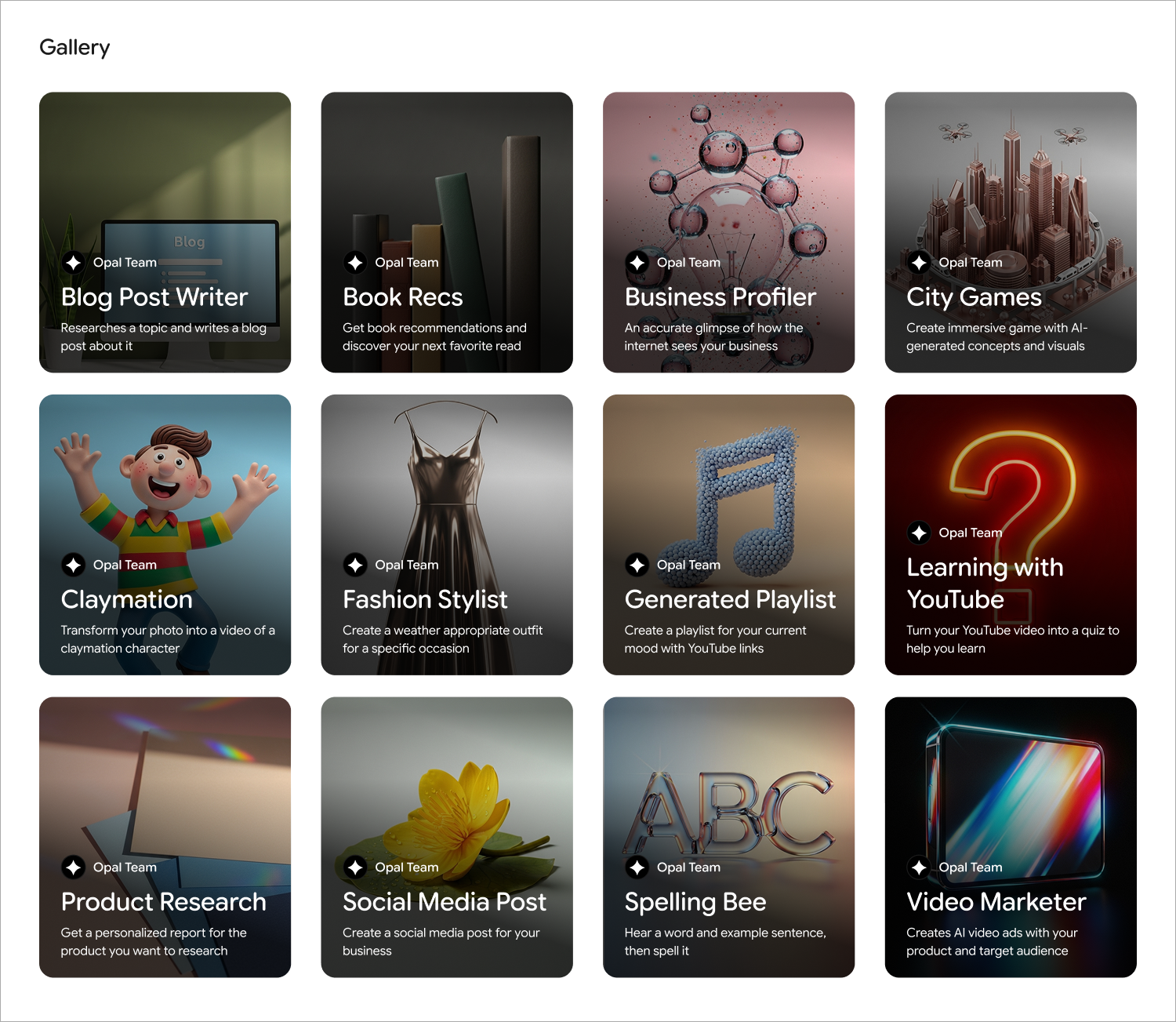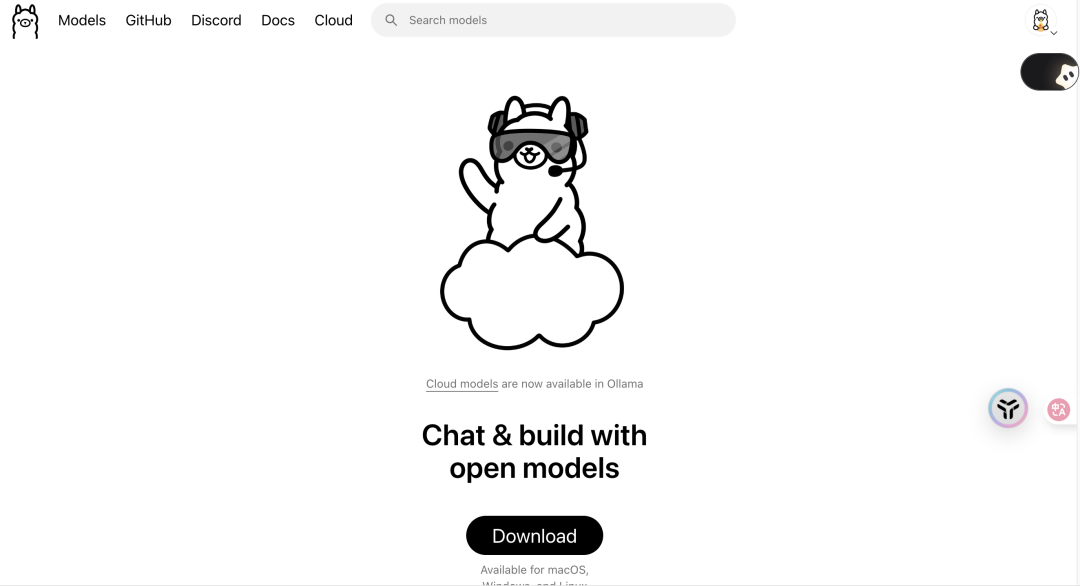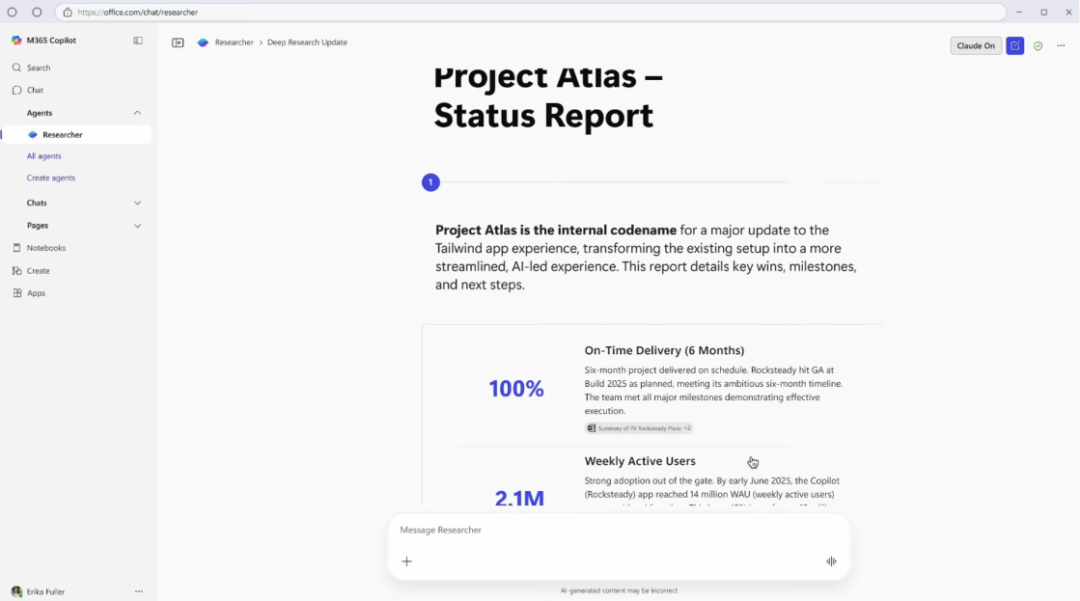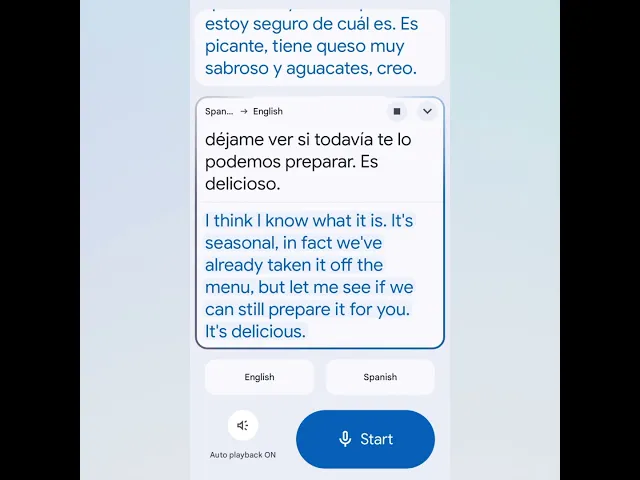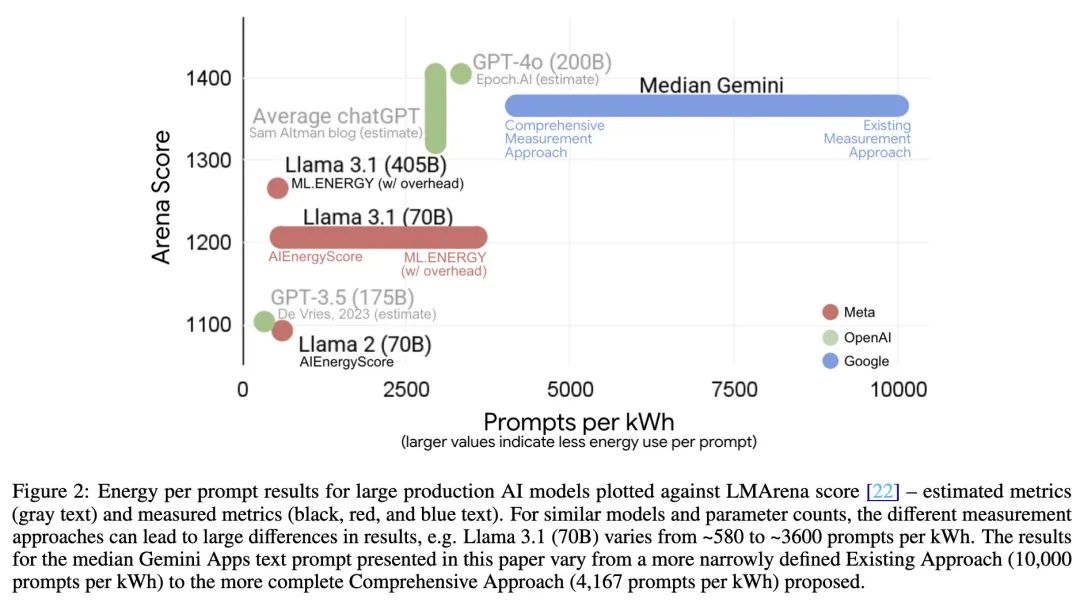Google Labs released on July 24th a new product called Opal 's new experimental tool. The tool allows users to create and share lightweight AI applications by stringing together Prompts, AI models, and external tools through simple natural language commands and visual editing.
Currently.Opal Google said they wanted to build the product with the community from the beginning of the project, which is why they chose to open it up to the public during the experimental phase.
Bringing ideas to life without code
In the field of software development, the sequence of steps performed by a user to achieve a specific goal is known as a workflow.Opal 's core function is to visualize and simplify this process. It allows users to build multi-step complex applications by connecting prompts, invoking AI models, and integrating other tools. Users simply describe the logic in natural language, theOpal Visual workflow diagrams can be automatically generated.
Opal One of the distinguishing features is its bimodal editing capability. It transforms the user's commands into a visual flowchart, giving the user precise control without having to touch any code. Users can either create or modify applications through conversational natural language commands, or drag and drop and adjust nodes directly in the visual editor. For example, a user who wants to fine-tune the prompt word for a step, add a new feature, or call an API can modify it directly in the diagram or describe their needs in a single sentence.
Once an app is built, users can share it directly with others. Recipients will be able to use these "mini-apps" immediately using their Google account.
see Opal Introductory video
- Title: Introducing Opal
- Watch at: https://www.youtube.com/watch?v=E0hrcDO3Noc
Opal Positioning and Industry Impact
Opal The release marks another attempt by Google to lower the barriers to AI development. It tries to empower users who are creative but lack programming background, so that they can also transform their ideas into practical tools. This is in line with the industry's trend towards "no code/low code". In Opal Previously, the market has existed as Zapier Proven products like these that focus on workflow automation, as well as products like the Replit This provides developers with a platform for rapid AI application deployment environments.
In contrast to these tools, theOpal What makes it unique is that it is based entirely on natural language and visual editing, hiding the complexity of Prompt Engineering under a simple user interface. This makes it attractive not only to developers - as a tool for quickly prototyping AI ideas - but also valuable to product managers and the general office population. They can utilize Opal Build customized AI tools to boost personal productivity without waiting for company development resources.
To help users get started quickly, theOpal A case library containing a variety of starter templates is provided. Users can use these pre-built AI applications directly or modify them to meet more specific needs.
As an "experimental" product.Opal The future of this remains to be seen. But it clearly points in the direction that the future of AI app creation will no longer be the preserve of a handful of professional developers, but will become as simple and intuitive as creating a slideshow or editing a document. By OpalThe distance between a simple idea and a mini-application that actually works has been shortened like never before.
Interested users can now visit Opal s official website to start building your own app.



